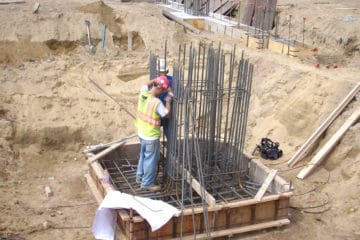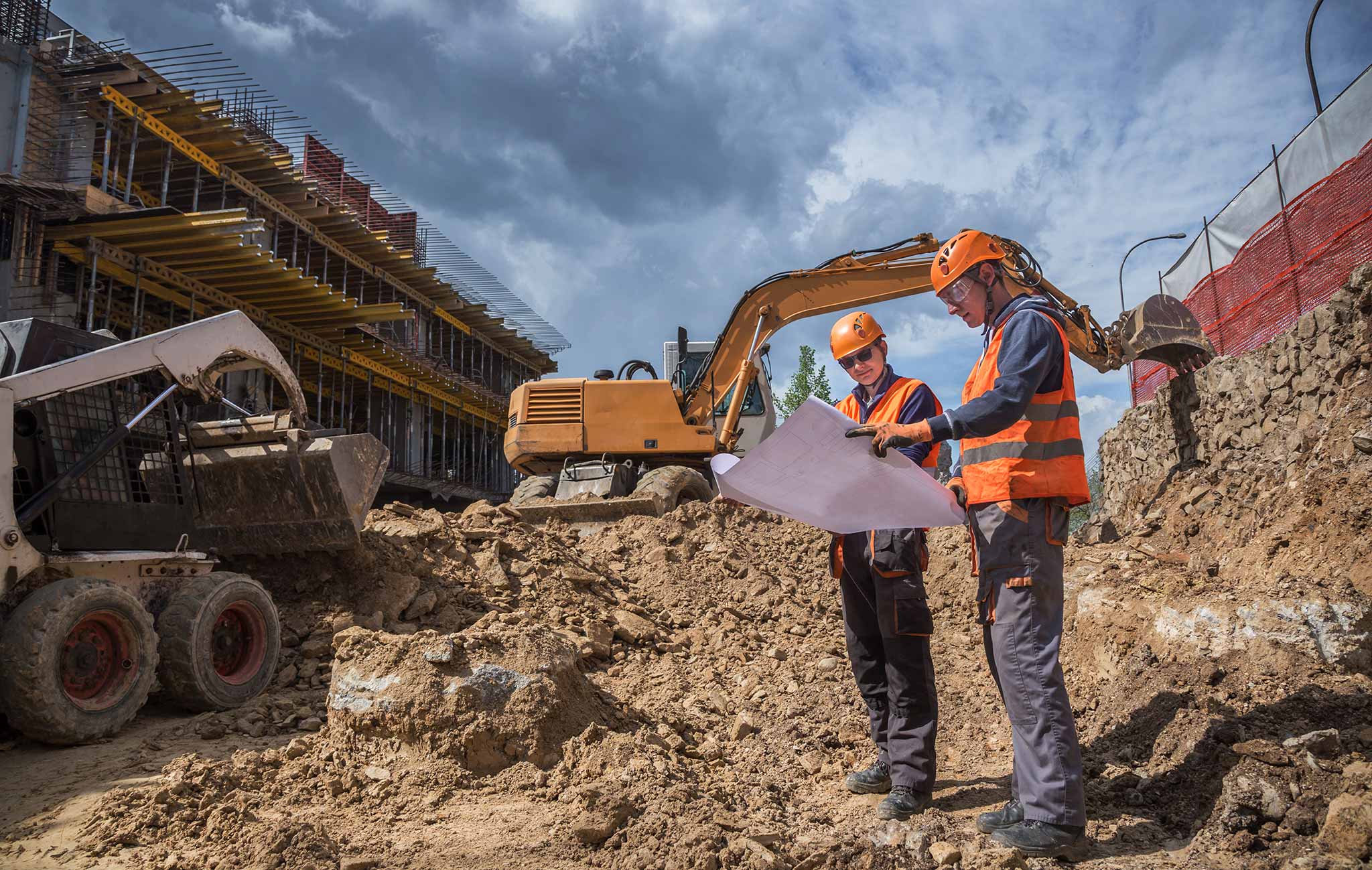Professional Consulting Engineer Services for Cutting-edge Framework Solutions
Wiki Article
The Interdisciplinary Approaches in the Geotechnical Industry: Linking the Space In Between Design, Geology, and Environmental Scientific Research for Ideal Project Outcomes
The integration of engineering, geology, and ecological science within the geotechnical industry is not simply helpful; it is necessary for accomplishing optimum job outcomes. This interdisciplinary partnership fosters a thorough understanding of complicated website problems, enabling for innovative services to arise. By examining essential duties and effective study, we can reveal the vibrant interplay that drives job success. Obstacles stay in efficiently handling these multidisciplinary initiatives, increasing concerns about possible innovations and future patterns. What methods might arise to promote this crucial collaboration and improve the efficacy of geotechnical methods?Value of Interdisciplinary Cooperation
The significance of interdisciplinary collaboration in the geotechnical sector can not be overemphasized. Efficient geotechnical projects call for the combination of varied experience from numerous areas, consisting of design, geology, and ecological science. This collaboration makes certain that all elements of a task are considered, leading to thorough options that address complex obstacles.When functioning in seclusion,Interdisciplinary partnership fosters advancement by allowing specialists to share insights and methodologies that might not be apparent. By leveraging the toughness of several techniques, groups can recognize potential risks, optimize layout processes, and boost the sustainability of geotechnical tasks. Such partnership advertises a holistic understanding of site-specific conditions, which is vital for precise assessment and decision-making.
The intricacy of geotechnical tasks necessitates a worked with strategy to analytical. Eventually, interdisciplinary collaboration is important for progressing best methods and achieving quality in the geotechnical market.
Secret Duties of Each Technique
Partnership amongst various disciplines is not simply useful; it is important for the successful execution of geotechnical tasks. Each technique-- design, geology, and ecological science-- plays a distinct yet interconnected role that contributes to forecast efficacy and sustainability.Geotechnical designers are mainly in charge of creating foundations and ensuring structural stability. They examine dirt and rock buildings to examine load-bearing capabilities, supplying vital data for secure construction practices. Their proficiency makes it possible for the solution of ingenious options to intricate challenges.

Environmental researchers examine the prospective influences of building and construction on ecosystems and water sources. They carry out ecological analyses and establish mitigation methods to lessen damaging results. By integrating eco-friendly considerations, they make sure compliance with policies and advertise sustainability throughout the task lifecycle.
Study of Effective Integration
Effective integration of geotechnical disciplines can be exhibited with various study that highlight the performance of team effort in dealing with complex design difficulties. One noteworthy instance is the construction of the Hong Kong-- Zhuhai-- Macau Bridge, where a joint method entailing geotechnical engineering, geology, and ecological scientific research was critical. Rock hounds and engineers operated in unison to assess the seabed problems and maximize the foundation style, making sure security and minimizing ecological impact.An additional impactful situation is the enhancement of incline security in the San Francisco Bay Location, where an interdisciplinary group incorporated geotechnical analysis with ecological evaluations. By incorporating hydrological researches and geological surveys, the team successfully identified prospective landslide threats and implemented effective reduction actions, boosting security and sustainability.
Moreover, the redevelopment of Brownfield sites usually calls for a multidisciplinary technique. In one situation in Chicago, cooperation among geotechnical engineers, environmental scientists, and metropolitan coordinators resulted in the effective removal of polluted dirt, enabling the secure change of the website right into a neighborhood park. These case researches illustrate that interdisciplinary collaboration not just addresses technological challenges yet likewise cultivates innovative solutions that benefit both neighborhoods and jobs.
Challenges in Multidisciplinary Projects

Additionally, collaborating schedules and process among numerous groups can be bothersome, especially when each technique has special project milestones and deliverables. This misalignment can result in hold-ups and boosted expenses. The obstacle of source allowance also looms big; making sure that specialized competence is available at important times needs mindful planning and insight.
Lastly, regulative compliance postures one more substantial challenge. Each self-control may deal with different regulative structures, and straightening these needs to meet job purposes can be complicated and taxing. Attending to these challenges necessitates solid management and efficient communication strategies to promote cooperation and make certain that multidisciplinary groups work cohesively in the direction of shared goals.
Future Trends in Geotechnical Practices
As the geotechnical market evolves, emerging trends are reshaping practices to resolve the obstacles dealt with in multidisciplinary jobs - geo tech engineer. One significant trend is the enhanced combination of sophisticated modern technologies, such as fabricated knowledge and artificial intelligence, into geotechnical evaluation and design. These innovations enhance anticipating modeling and danger assessment, making it possible for geotechnical engineers engineers to make even more enlightened choices throughout the job lifecycle
Furthermore, the fostering of digital twins and real-time tracking systems is ending up being much more prevalent. These devices assist in recurring evaluation of soil conditions and structural efficiency, permitting timely interventions when problems emerge.
Conclusion
To conclude, the integration of design, geology, and ecological scientific research is essential for attaining optimal results in the geotechnical industry. Interdisciplinary cooperation cultivates technology, boosts analytic capacities, and straightens technological demands with environmental sustainability. Successful study highlight the advantages of this technique, while acknowledging the challenges encountered in multidisciplinary projects. Looking in advance, accepting these collaborative techniques will certainly be necessary for browsing future patterns and advancing the area of geotechnical engineering.The assimilation of engineering, geology, and ecological science within the geotechnical industry is not simply advantageous; it is vital for accomplishing optimal task outcomes. Efficient geotechnical projects need the integration of varied experience from different areas, including design, geology, and environmental scientific research.Browsing the complexities of multidisciplinary jobs in the geotechnical sector provides a number of substantial difficulties.As the geotechnical industry advances, emerging trends are improving practices to resolve the obstacles encountered in multidisciplinary jobs. Geotechnical designers are progressively collaborating with environmental scientists to guarantee that tasks line up with sustainability objectives and comply with regulative demands.
Report this wiki page